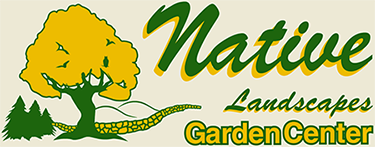As winter rolls into spring getting out into the yard to begin our spring chores is always something gardeners look forward to doing. Surveying the landscape to check for and remove broken limbs and branches, as well as pruning where necessary, will shape our plants to desired design forms. It is not necessary or beneficial to the environment to be super clean when maintaining our landscape. Leaving our landscape more natural looking rather than tightly manicured is beneficial to us, the wildlife residing in our yards, and is a lot less work.
Getting down on my hands and knees and inspecting the soil is something I always do this time of year. Mole and vole tunnels just below the soil surface can dry out plant roots in our established landscapes. It is important to compress these tunnels as soon as the soil thaws.
In the fall, I mulched all my beds with leaf mulch because beneficial insects live in the leaf litter. As leaf mulch breaks down it acts as a natural fertilizer and adds additional soil microbes.
Once the frost is out of the ground in mid to late March, would be the best time to transplant trees, shrubs and perennials. With plenty of moisture in the ground, plants should not go into shock when moved before bud-break. Most shrubs and perennials can be split up now and moved into other desired areas of the landscape.
Spring is the best time of year to plant new trees, shrubs and perennials in our area. The healthiest and best looking plants are on display and ready to purchase at our local garden center in April and May. The new plants set in the landscape this spring have this year’s growing season to acclimate to their new environment. Make sure the soil is not super saturated when planting and transplanting this spring season. Microscopic air pockets, that are not present in saturated soil, are very important for healthy plant growth. Soil compaction, due to wet soils, can kill a plant if the plant is not adapted to these particular conditions. Let the soil dry out a bit before working and cultivating this spring.
When planting a new tree, shrub or perennial in our yard make sure the plant is adapted to the new site. For example, Rhododendron or ferns would prefer a shady, more protected growing site free from standing water. Planting a shrub in an area that does not mimic where it grows naturally can stress the plant and make it unattractive as it declines.
Consider planting native plants in the landscape that have adapted to our particular soils and environment. Established indigenous plants require less, if any, fertilizer, water or pesticides. Native landscapes sustain local ecosystems and feed beneficial insects and birds that find our yard home.
Let’s get outside and enjoy some of this warm, healthy sunshine this spring.
Pete and the natives
Nativelandscaping.net
